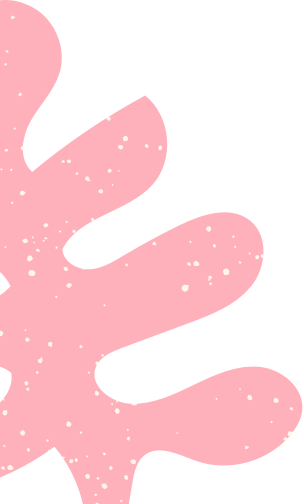Giant River Otter
Giant River Otter
Pteronura brasiliensis
Sometimes referred to as “water dog” and “river wolf,” the giant river otter is the largest member of the mustelid family, which includes otters, weasels, and ferrets. They are active during the day (diurnal), and they are semi-aquatic, meaning they need both land and water habitat to survive.
Giant river otters are classified as Endangered by the International Union for Conservation of Nature (IUCN). The current population is estimated to be between 1,000-5,000 individuals, due to habitat loss and the effects of gold mining and mercury pollution. They have also been hunted extensively.
Unlike most otter species, giant otters live in extended family groups (usually 4-8 otters) with strong bonds between breeding pairs in which the female is the dominant partner. Families usually consist of juveniles, which help parents raise younger siblings. Young are born between August and October, with a gestation of 65-70 days. There are typically 1-5 pups per litter.
What are they like?

Physical Description: Otters have a massive seal-like head and wide, flattened wedge of a tail. The skull of the giant otter is long and flattened and can contain 34-36 teeth. Length from head-to-tail is approx. 6 ft. The coat is mainly brown or gray and is usually darker on the back and lighter on the chest, throat, and underside. Sometimes they have a white throat patch which we use to help identify them. The forefeet are shorter than the hind feet and each foot has five toes with sharp non retractable claws. Each foot has webbing on it that reaches the tips of the toes. Giant river otters weigh around 75 pounds on average.

Life Span: In the wild, giant river otters can live up to 8 years. In zoos, they can live up to 20 years.

Diet: In the wild, giant river otters eat mainly fish and crustaceans. They are piscivores, and every single tooth in their mouth is pointed to help them eat entire fish, including its bones. At the Zoo, our giant river otters eat rainbow trout, catfish, tilapia, herring, squid, and yellow perch. Fun fact: otters need about 9 pounds of food a day!

Social Structure: Giant river otters are highly social and will form extended family groups. Group size will range between two to twenty members but average three to eight. Group members will share roles, structured around a dominant breeding pair. Their large groups are able to defend their territory against nearly all intruders, including crocodiles.

Habitat: Giant river otters can be found in the wild across South America in the Amazon Basin in rainforest, river, and wetland habitats. At the Zoo, our otters have constant access to a heated pool as much of their time is spent swimming. Our otters access their pool using their respective Zoo360 trail. They also have spaces to nap outside of the water, hollow logs and other places to hide, and a sandy area where they often scent mark.
Where do they live?
Giant river otters are found in all countries of South America except Chile, Argentina, and Uruguay.
Giant River Otters & Philly Zoo
- The Philadelphia Zoo was the first North American Zoo to successfully breed Giant River Otters. On March 30th, 2004, “Primero” was born; he has since moved to another zoo.
- The Zoo has been extremely successful with this species and we are sharing our expertise with other facilities. During breeding, pregnancy, and birth of the otters we have maintained the normal routine of caring for these highly intelligent animals. This has proven to be a very successful way of managing this species.
- The Zoo used to have a male named Banjo (pronounced ‘Banyo’). He was born in Hamburg Zoo on April 3, 1992 and came to the Zoo in 1996. At his death in August of 2011, he was the oldest male giant river otter in the United States and had sired 66 kids.
- The pool is heated to about 80 degrees and has 13,600 gallons of water. The pool is tested every day to make sure it has the right temperature and chlorine levels. Right now, the filtration system is at its limit because of the number of giant otters in the exhibit and the amount of food they are eating daily. The water may look slightly cloudy to you because of the very oily fish they are eating.
- The otters are given “fish balls” as enrichment, which are balls that have multiple holes in them that they spin around in the water to get the fish out. They were also sometimes given a plastic inner tube to play with.
Adopt a Giant River Otter
By adopting a Philadelphia Zoo animal, you share your love for animals by helping ours receive the best possible care.
Learn More